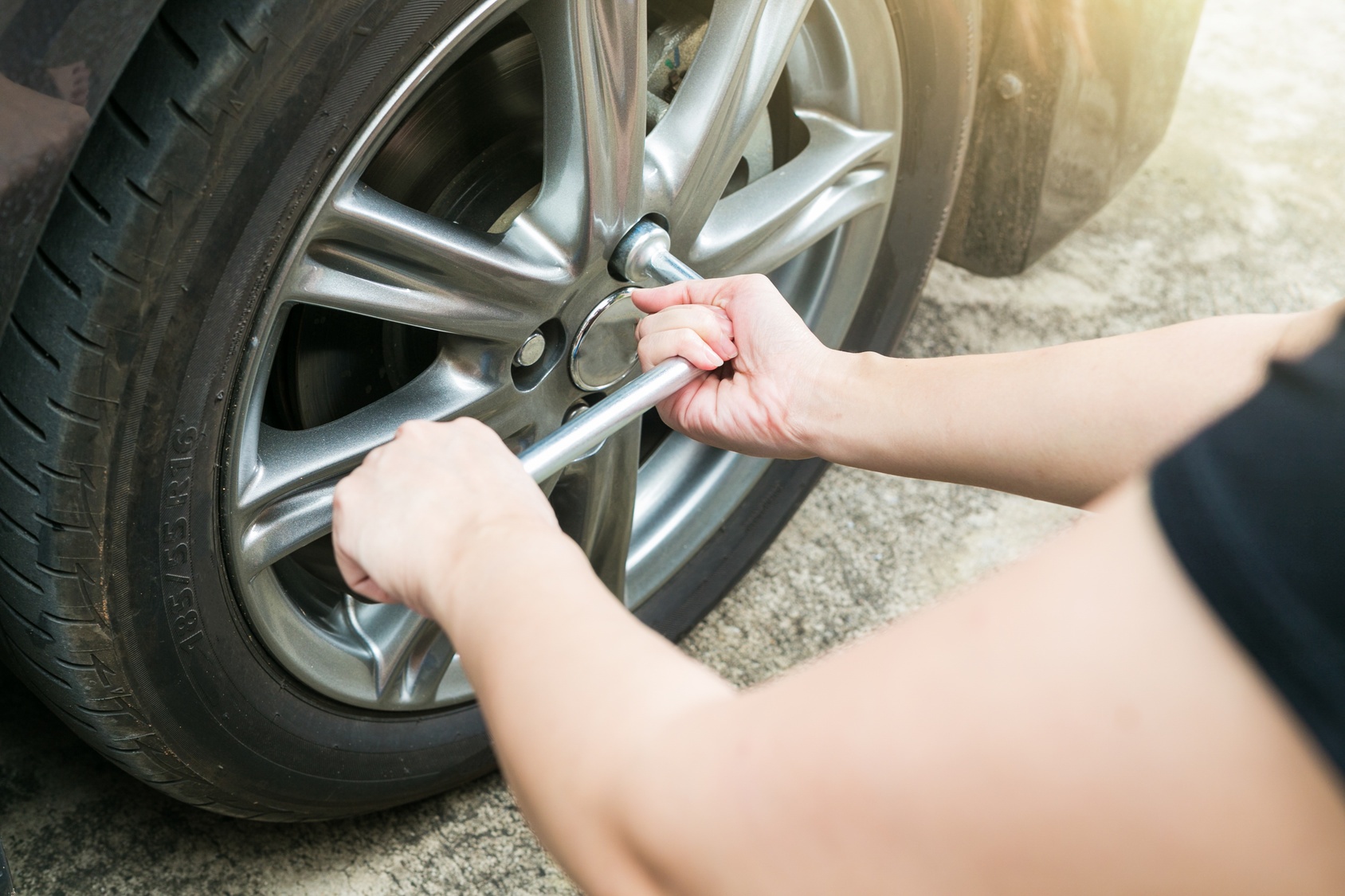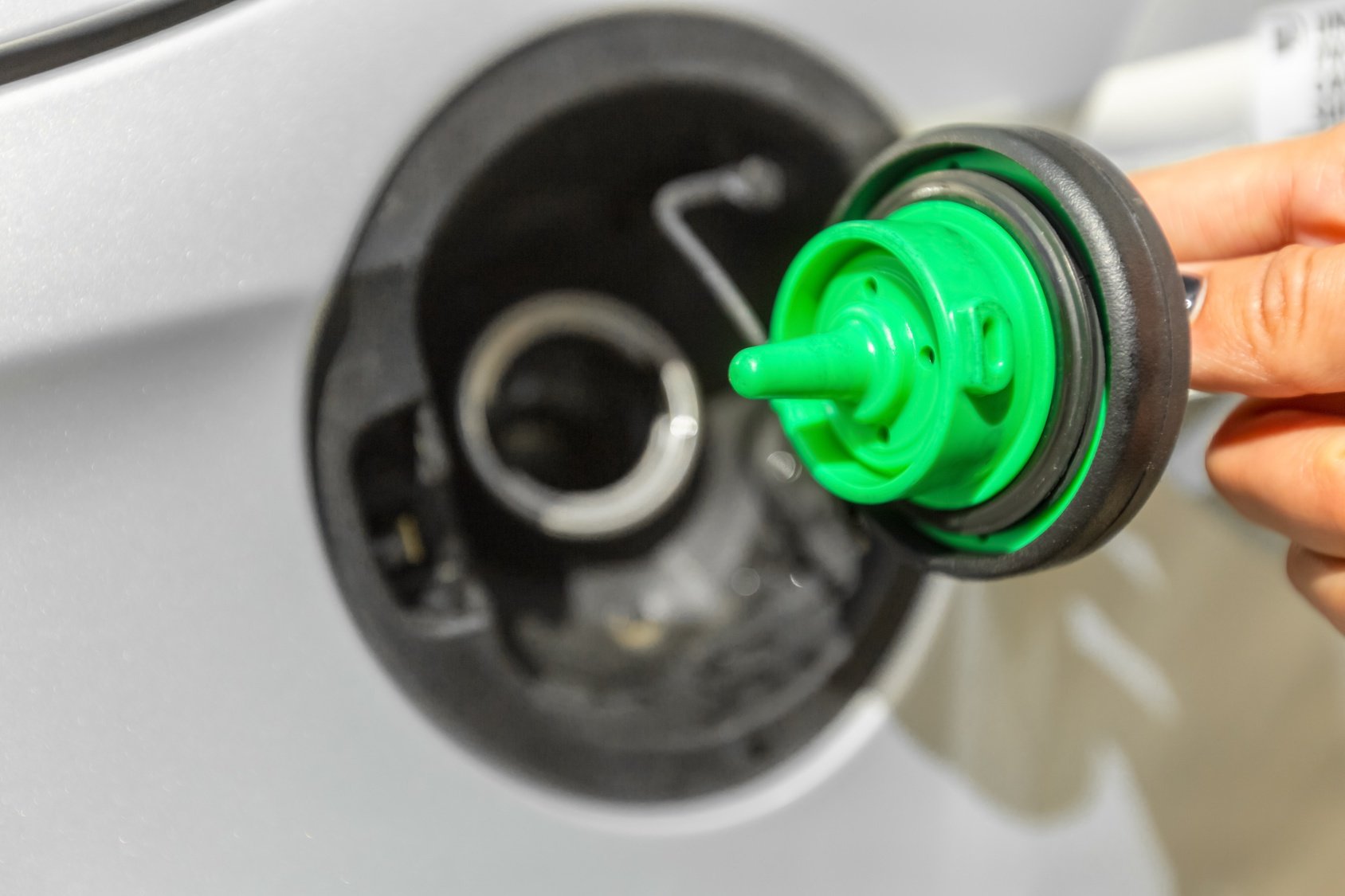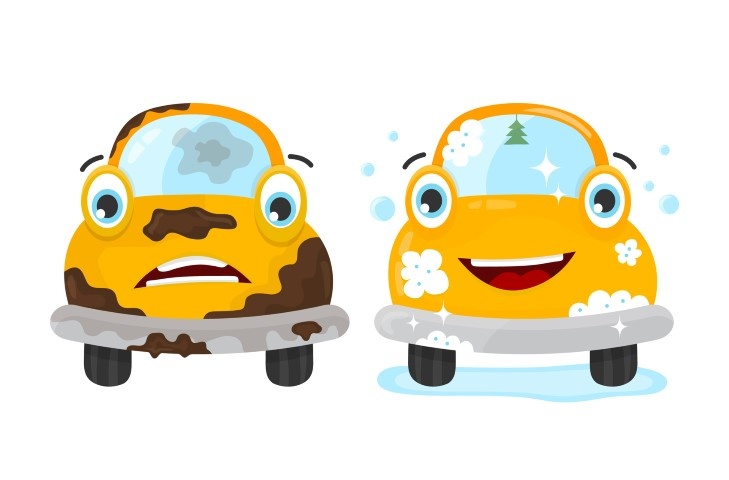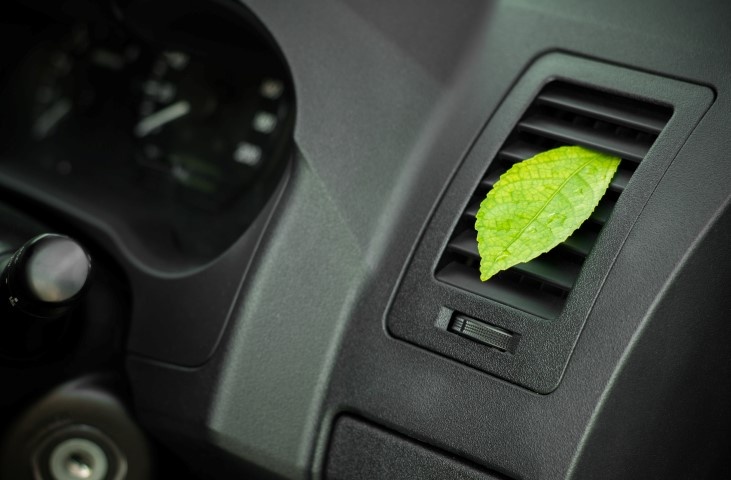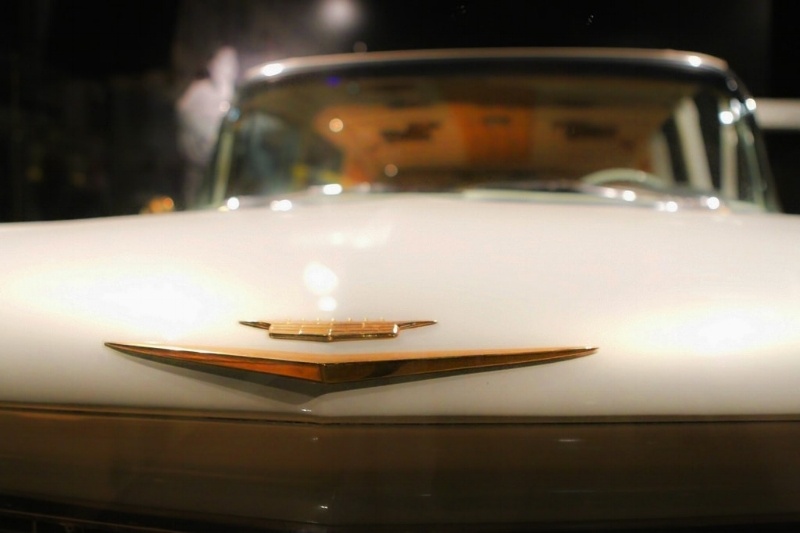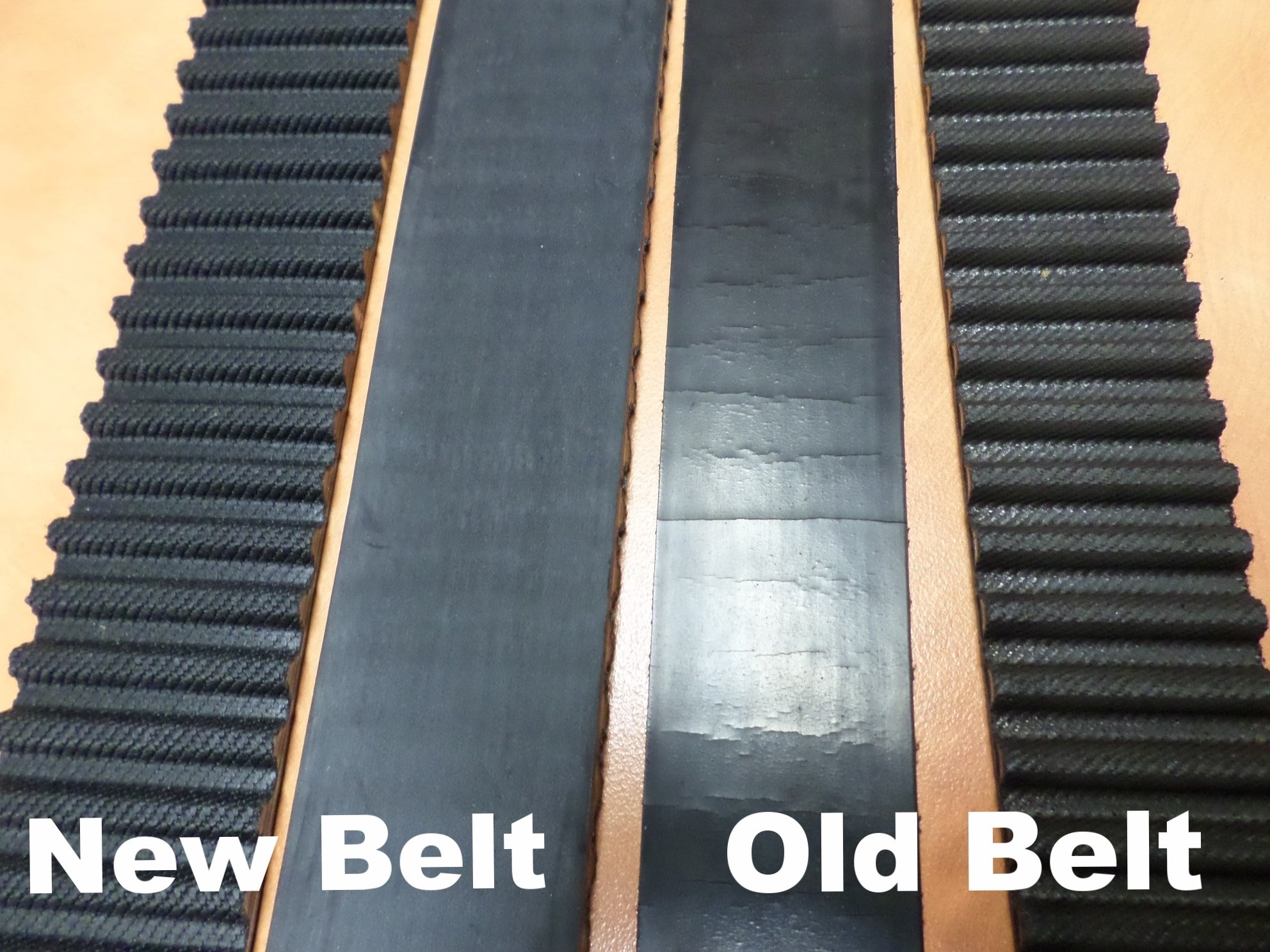As I was pulling plastic out of our cardboard recycle bin here at the shop, it occurred to me that possibly most of us don’t really know how to recycle. Then someone stopped in and asked us if we would recycle their empty engine oil bottles. I’m still trying to get my wife to look at the pictures on top of our recycle bin at home that shows pictures of what you can and can’t recycle. Then whenever our extended family is over for dinner, I find myself pulling all the napkins out of the recycle bin. I apologize this article doesn’t have anything to do with cars but I need to vent.
As a grandmother of a new teen driver I’d like to share a funny driving story; thank goodness it’s a funny story. He was recently pulled over by the police and the reason was because his car was weaving down the road and the officer thought he was intoxicated. My grandson had a drink in his cup holder and the officer asked what beverage was in the cup and he responded that it was water. Can you guess why his car was weaving? If you thought low tire pressure, you are correct. Both the left front and left rear tires were low.
Topics: Car Repair, Maintenance, Check Engine Light
While reviewing customer vehicle repair paperwork recently, I came across a recurring problem. I found a number of check engine light codes for “Large Evaporative System Leak”. The gas tank is a sealed system that prevents fumes from escaping. The fuel in the tank needs room to expand as temperatures rise and so it is circulated through a charcoal filter and is burned in the engine. Gas fumes create ozone pollution when combined with sunlight. Before the 1980s, the fumes were vented to the air by a vent hole in the gas cap.
Topics: Car Repair, Check Engine Light
Summer is here and what better time to refresh the appearance of your vehicles. Skip the carwash and treat your car, truck or SUV to some TLC.
Topics: Summertime Driving
The First Air Conditioning Refrigerant Replacement Mandate Since The Early 90's
Posted by Jim Addison on Jun 15, 2017 1:54:50 PM
A new automotive refrigerant R1234yf is being used in many late model 2015 and newer vehicles. The United States EPA has mandated that all new vehicles use R1234yf by 2021. The reason is that the new refrigerant R1234yf has a much lower global warming potential (GWP) than the refrigerant that has been in use (R134a) for the last 24 years. In fact the GWP of R1234 is 1 according to its maker Honeywell and it is 4 according to the EPA, while the GWP of R134 is 1430. The EU has mandated that all new vehicles sold there must have a refrigerant with a GWP of below 150 beginning January 1, 2017. Many vehicles sold here are already using R1234yf because the car makers receive tradable emission credits from the EPA.
Topics: Automotive News, Air Conditioning
Last month’s newsletter addressed 3 stage paint challenges. This month we will tackle paint matching a plastic bumper to the metal body of the vehicle.
Topics: Collision
Topics: Automotive News, Auto Insurance
Every year, more and more cars are made with pearl finishes. These are known as 3 stage finishes. The first coat is a basecoat color, then a translucent pearl is applied and finally a clear coat finish. Pearl colors have been around since at least the sixties. They used to be created by mixing ground up fish scales with the paint. Elvis Presley’s 1960 Cadillac went one step further by adding ground up diamonds to the paint. Now the most widely used pearl additive is titanium dioxide coated transparent mica flakes.
Topics: Collision
Most light duty vehicle engines have a timing belt, though some have timing chains. The purpose of the timing belt is to time the movement of the valves with the pistons. For instance; on the intake stroke the intake valve opens while the piston moves down, sucking in an air/fuel mixture. Next the compression stroke as the piston moves up with all valves on that cylinder closed, compressing the air fuel mixture to about 1/10 of its original volume. Next the spark plug ignites the mixture creating the power stroke and pushing the piston downward. On its next trip back up, the exhaust valve opens, letting the burned gas be pushed into the exhaust system. In a 6 cylinder engine, this happens 6 times for every RPM.
Topics: Timing Belt
Ask Our Automotive Experts
Reach out to us regarding your car repair, service or collision repair questions. Use the comment form below.


